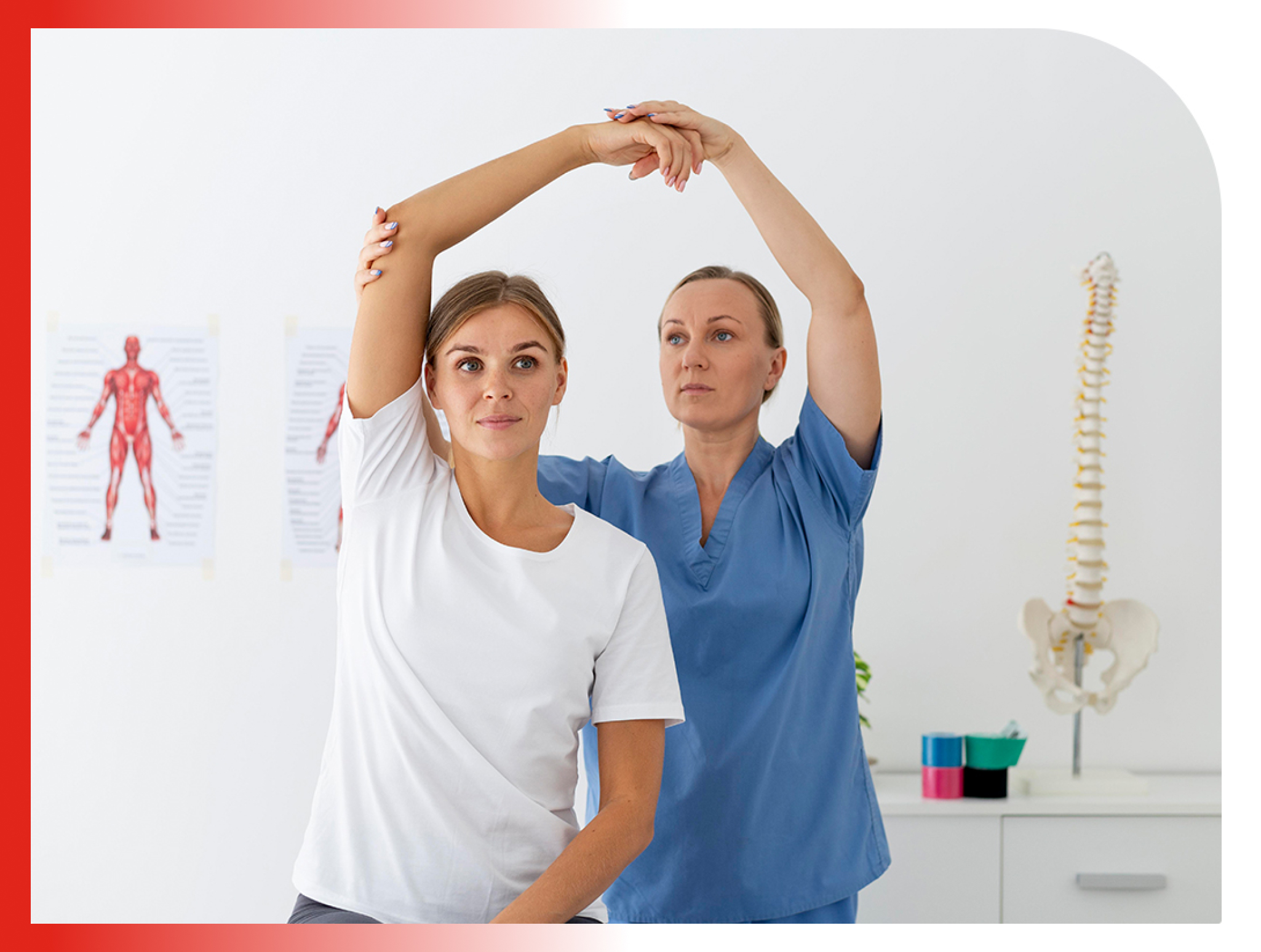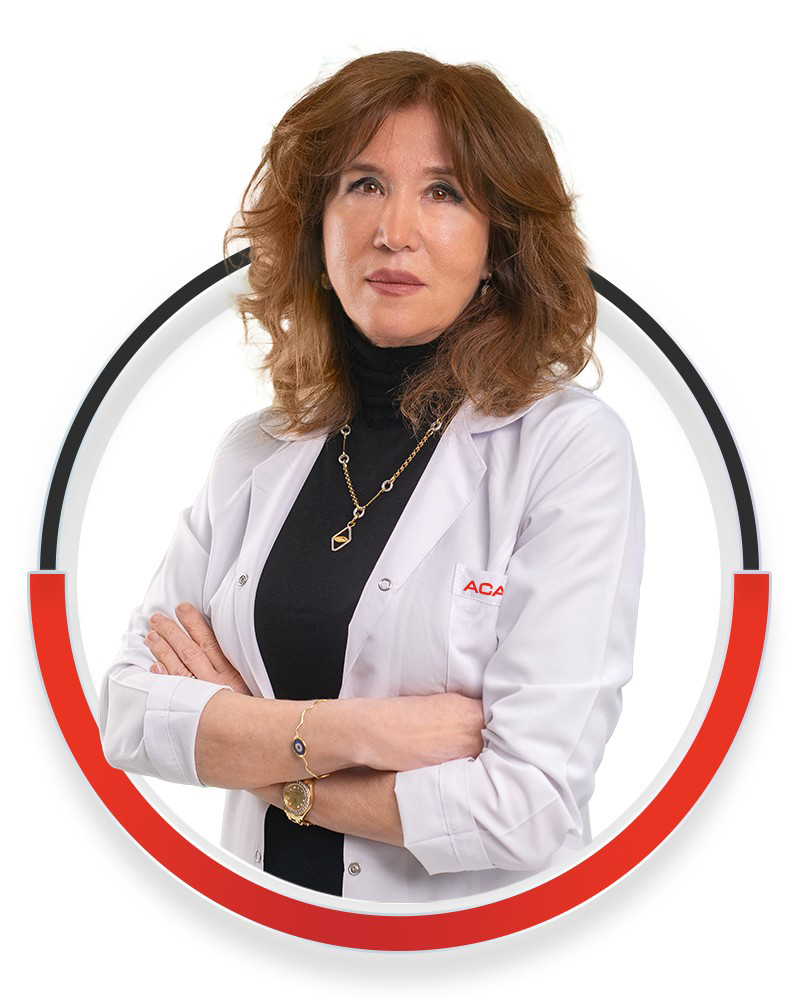What is Physical Therapy and Rehabilitation Department?

Physical therapy and rehabilitation treatments are increasingly important nowadays. They are actually known as a form of treatment that has been used by those who have been looking for a cure for their pain. Today, the so-called physical therapy and rehabilitation (PTR) departments are a branch of medical expertise that helps treat diseases and complaints that limit people's mobility. In PTR departments, treatments are planned to treat dysfunctions of patients of all ages and genders, including those with pain, those injured in accidents or similar situations, and those with congenital or acquired disabilities, to improve their quality of life, to recover from addiction, and to speed up the process of recovery and return to daily life.
Physical medicine aims to restore full strength and function to the patient's injured body structures and bring the patient to a fully treated state. To treat and restore a diseased or injured part of the body, medical treatments, injection treatments, or physical therapy methods (hot-cold therapy, electrotherapy agents, hydrotherapy, manual therapy, special exercises, and rehabilitation) are used.
What is rehabilitation?
Physical therapy and rehabilitation are often considered the same thing, but in fact they are different. Rehabilitation can be defined as the process that maximizes the physical, spiritual, social, and professional situation of the person. All branches of medicine benefit from rehabilitation processes. In rehabilitation treatments applied in the field of physical therapy, the goal is to provide the patient with the highest efficiency and optimal function by focusing on physical strength and movement. Rehabilitation is not a separate phase following diagnosis and treatment; it is an integral part of medical treatment, which includes going back to an active life and making adjustments. Comprehensive and integrated rehabilitation will increase the person's independence, shorten the length of their hospital stay, and improve their quality of life.
Academic Hospital Physical Therapy and Rehabilitation Department
Academic Hospital Physical Therapy Unit provides service with the assistance of a very strong and experienced physiotherapy team and advanced technology devices. The physical therapy unit also provides modern and technological treatment in addition to traditional treatment.
Physical therapy and rehabilitation department's service areas;
Osteoarthrosis (Calcification) Unit:
With physical therapy, it is possible to protect joint health by performing sessions to relieve painful muscle spasms and joint pain, as well as by strengthening weakened muscles. After the treatment sessions, the treatment is supported by medications that reduce the formation of calcification and medical Pilates applications.
Osteoporosis (Bone Loss) Unit:
It is more important to protect the bone structure with systemic exercises than medications. For this purpose, in addition to systemic medical treatment, bone structure protection studies are carried out with special exercise programs that strengthen the leg and back muscles with special muscle devices, prevent hunchbacks and length shortenings, and prevent fractures that may occur.
Low back and neck pain clinic
People may experience neck and back pain for a variety of reasons, including neck-lower back hernia, scoliosis, spondylosis, fibromyalgia, myofascial pain, and so on. In research done, the rate for this has been shown to be 80–85%. At academic hospital's back and neck pain clinic, in addition to treating all types of neck-back-lower back pain with physical therapy methods (ultrasound, TENS, complex, infrared, vacuum interference, magnetic field, etc.), there are also programs to protect spine health. In cases of hernias in the waist and neck, the patient is evaluated and treated, and joint follow-up is performed in collaboration with the hospital's neurosurgery (brain, nerve, and spine surgery) department. Many methods, such as mesotherapy, dry needling, PRP, neural therapy, and hyaluronic acid injections, are also used to support the main treatments.
Orthopaedic Rehabilitation Unit
Academic Hospital's Orthopaedics and Traumatology Department implements rehabilitation programs after all orthopaedic operations (fractures, prostheses, post-casts, etc.) in collaboration with specialist orthopaedists, and all supportive exercise methods are offered to patients.
Neurological Rehabilitation Unit:
Academic Hospital Physical Therapy Department specialists, in collaboration with neurologists, they evaluate patients with stroke, cerebral palsy, multiple sclerosis, Parkinson's, etc., together and incorporate them into treatment programs. Afterwards, these patients are monitored for treatment.
Rehabilitation Unit in Rheumatic Diseases:
Programs and group exercises to protect joint and muscle health are performed in addition to medical treatment in inflammatory joint rheumatisms such as rheumatoid arthritis and ankylosing spondylitis.
Medical Pilates Unit:
With a one-on-one personalized reformer system, physiotherapists who are experts in their fields use special programs prepared by physiotherapy physicians. Medical Pilates is an exercise program that can be easily applied in today's conditions, and the results are very successful in treating health problems such as scoliosis, osteoporosis, and hernias of the waist and neck.
Physiotherapy at home:
Academic Hospital has a program for patients who cannot come to the hospital. First of all, the specialist in the Department of Physical Therapy evaluates the patient and prepares the treatment program. The physiotherapist then goes to the patient's home with physical therapy devices and applies the treatment.
Choose a Doctor






